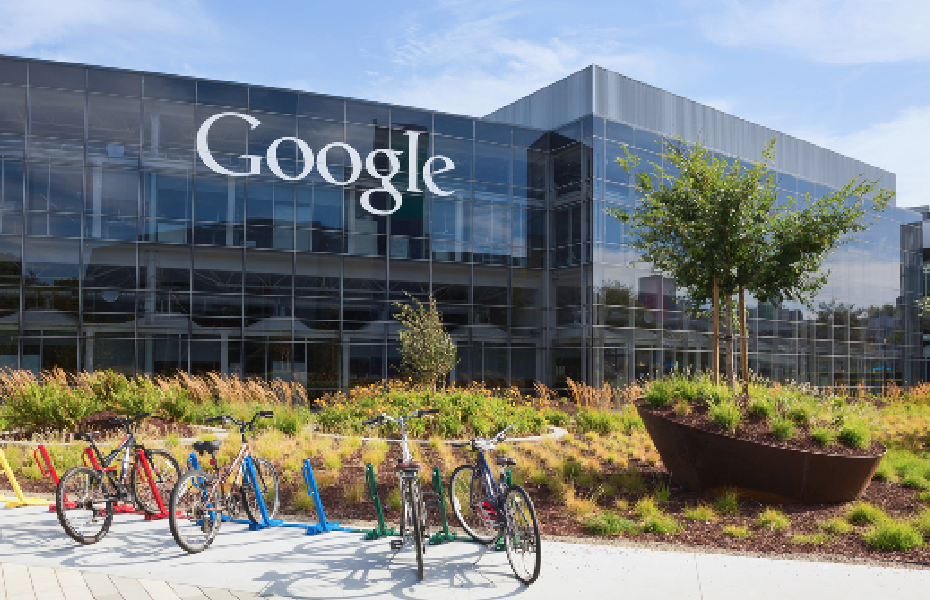If you have a website, you have undoubtedly been introduced to three magic letters: S-E-O, short for search engine optimization.
Understanding and harnessing the power of SEO is like the modern-day Holy Grail of the web: It is elusive, and few people are on the right track. If you have spent any time on the internet, you have likely heard many different opinions and even more so-called best practices on how to use SEO, many of which are conflicting.
This article unravels some of the mysteries surrounding SEO by shedding light on what it is, what it is not, and how it can best be used to improve the visibility of a practice’s website.

WHAT SEO IS
SEO is the process of affecting the visibility of a website or a web page in a search engine’s unpaid results—often referred to as natural, organic, or earned results. Most SEO strategies use a combination of keywords, images, links, and social media activity to drive traffic to a certain website; these items are all designed to get the specified web page higher in the list of search engine results.
Good SEO is a way of systematically presenting content on your website so that search engines find that content and present it to users higher up in the list of search results. However, even more important than the search engine finding the content on your website is your website placing the needs of the user above the desires of the search engine.
WHAT SEO IS NOT
Despite the many myths and misconceptions, SEO is not:
- A magic bullet or a catch-all solution;
- A sure-fire way to be #1 in search rankings;
- An overnight tactic that will instantly drive more traffic to your website; or
- A way to “beat the system” and achieve higher success.
- Keyword stuffing. Keyword stuffing is an SEO technique used by web designers to overload keywords onto a web page so that search engines read the page as being relevant in a web search. Believe it or not, this practice is still in use today, even though it now hurts your website far more than it helps.
- Invisible text. Another black hat SEO practice was to make text “invisible” by adding white text on top of a white page in order to fit more keywords and get a greater chance of being discovered by search engines. Users couldn’t see it because it blended in with the background of the page, but search engines could read the code, pick up the text, and file it away to be displayed in search results.
- Adding unrelated keywords. Another practice was to add unrelated keywords to increase the likelihood that users would stumble upon a given website even when they searched for something completely unrelated.
- Page swapping. Page swapping involved changing the web page entirely after it had been ranked by search engines, thus trying to “trick” the search engine into displaying a website with unrelated results.
- Including a video in a landing page can increase conversion by 80%;
- After watching a video, users are 64% more likely to buy a product online; and
- One-third of all online activity is spent watching video.
- Keyword and description tags;
- Image tags;
- Facebook Open Graph tags and Twitter sharing tags; and
- Links to other websites and other pages within your website.
Google and other search engines have spent hundreds of thousands of man-hours and millions of dollars on developing advanced algorithms that discern which content is most relevant to the user’s search, and then display the best results to the user. You are not going to get around this and see overnight success with some new SEO trick or best practice that someone sold you on the internet for five easy payments of $49.95.
HOW SEO WORKS
Let’s think about search engines for a second. A search engine is not a real person, but it still must decide what content exists on a website (this is called crawling a website), categorize the content and file it away, and then display that content when a user searches for something that may be related (ie, a phrase, the name of a business, an image search, etc).
A good SEO strategy focuses on content. Good SEO will implement a variety of practices to ensure that: (1) search engines have the most opportunities possible to categorize their content, and (2) the website has the greatest chance of appearing at the very top of the results when a user searches for a similar topic.
Good SEO strategies will place keyword-rich content on web pages, include links to other websites and other pages within their own website, utilize description tags for images and graphic elements so that search engines can classify them, and so on.
Seems simple, right? Not so fast—SEO strategy changes a lot.
What SEO used to be. In the past, the internet saw hundreds of so-called best SEO practices that ranged from slightly underhanded to downright spammy. When the term SEO was first coined, pretty much anything was OK—if you could link to 1,000 different websites from your own, you were virtually guaranteed to be #1 on Google.
These tactics took on a variety of forms, all of which can be categorized as black hat SEO (tactics you should avoid), as described below.
These may seem like quick or easy tricks to game the system and achieve top rankings, but they don’t work anymore. In response to the growing number of websites using such methods, Google (in the interest of user experience) changed its algorithms drastically, not just to cease rewarding those sites but to penalize them for using such spammy practices.

WHAT IT MEANS FOR OPHTHALMOLOGISTS
SEO isn’t dead. There are still many best practices that can be used to form a complete and comprehensive SEO strategy and see great results. These include having a responsive website that works well on mobile devices, adding keyword-rich body copy to your website, linking your social media profiles to your website (and posting regularly), using descriptor tags for images and other graphic elements, and having link-rich content that links to both external websites and other pages within your website.
At the end of the day, it is all about helping search engines understand and correctly categorize what is on your website—and helping users find it by providing an exceptional user experience. Although search engines are not dumb, they aren’t humans either, so they need a bit of help.
Content is king. Perhaps the best advice for ophthalmologists is to regularly post and update content on the practice website, most likely through a blog or newsroom of sorts. When it comes to modern SEO, content is king, and there is no better SEO strategy than regularly posting informational, keyword-rich content on a variety of topics to increase the chances that a search engine—or a real person—will stumble upon your message.
Mobile matters. In the past year, Google updated its search engine algorithm to reward websites that are responsive, or that work well on mobile devices. Again, this is all done in the interest of user experience, and websites that don’t display legible fonts and content tailored and optimized for mobile devices will be penalized.
Don’t neglect video. In a world where content is king, video is considered sticky content—that is, it is more likely to increase user retention over a longer period of time. Consider these statistics:
Ensure your website is up to snuff. I am often blown away by the number of client websites that don’t include any industry-standard best SEO practices. For many ophthalmologists, these standards were not widely adopted when they first created their practice websites. These include:
If your practice website is missing any of these features, contact your web developer and get them added. This is by far the easiest way for Google and other search engines to find you!
Sounds too good to be true? It probably is. Remember that when it comes to SEO, there are no magic bullets. If it sounds too good to be true, it probably is. The internet is a wonderful place, but it is also full of people and companies promising that they can make you #1 on Google or increase your traffic 200% overnight, and it just isn’t true. There is no way to game the system, so don’t waste your money.
Good SEO strategy is an investment. It takes time to see a real return on investment on an SEO strategy, but it’s worth it. Hiring an SEO consultant isn’t a bad idea per se, but be careful about spending too much, especially if his or her services are a one-time thing. The best SEO consultants will adopt a long-term approach, constantly checking in and making adjustments to your website and digital assets over time.
CONCLUSION
SEO can seem overly complicated, and, if you don’t live and breathe the internet 24/7, it is easy to get lost. But good SEO is not that hard to understand—it just takes a methodical, well-thought-out approach; hard work; and a good deal of patience to see a result worth the investment.



